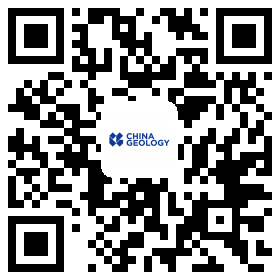column
2019, 2(4): 407-421.
DOI: 10.31035/cg2018127
2019, 2(4): 522-529.
DOI: 10.31035/cg2018090
2019, 2(4): 530-540.
DOI: 10.31035/cg2018125
2019, 2(4): 566-568.
DOI: 10.31035/cg2018135










